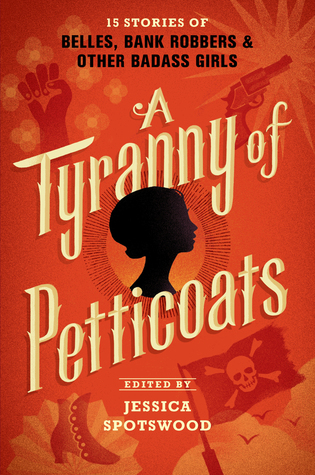I know, with a title like that, how could you NOT click? /sarcasm And yes, this will be a multi-parter.
Let’s talk about media consumption. Specifically, the fact that we are living in a veritable golden age of choice in media. No niche untapped. Whether you’re into shapeshifter billionaire bear porn, psychic teenage Russian spies, cute fluffy middle grade blackmail series, or anything else–there is probably a book there for you.
We are consuming more media than ever before. And it’s making readers so much savvier and so much more discriminating than ever before. For writers, this is a double-edged sword. You can tell whatever story you please, and, in theory at least, connect with those readers across the globe who are craving just the kind of story you’re telling.
However, this presents two challenges. The first is beyond the scope of this series, and that is: FINDING those readers. (I still suck at finding people for whom “psychic teenage Russian spies” lights up all the right dopamine chains. When I figure this one out, I’ll let you know.) The second is making your work matter to those who have found it: standing out for a readership who has, at an exponentially growing rate, BEEN THERE and DONE THAT and ALREADY READ LIKE SIXTY BOOKS WHEN THAT GENRE WAS ALL THE RAGE THREE YEARS AGO FFS.
(At least, most of them have. But more on that later.)
Writer, you are playing a game with your readers. It is a battle for their attention, their interest, their willing suspension of disbelief. And like any game, there are levels of competency that can completely change the game, even if they aren’t written into the rules. This is sometimes referred to as the “meta-game,” which is based on people’s understanding of how others play the same game they’re playing. But it’s more commonly known as game theory.
I am going to use a ridiculously weird example that gives insight into my ridiculously weird little mind-cage, but bear with me, here.
Game Theory: The Bladder Games
Say you’ve got to visit the restroom. You head into the restroom, maybe at school or work, somewhere that it’s not necessarily the cleanest but also not the grossest. You’re the only person there. All four stalls are available to you.
Game Level 0:
You pick a stall at random. Hope it’s clean!
But maybe you make the conscious decision to choose what you hope will be the cleanest stall. Now you are playing the game.
Game Level 1:
You choose the stall you think has probably seen the least use. Maybe Stall No. 4, furthest from the door. It seems logical, after all, that Stall No. 1, right next to the door, would be the most-used, because most people don’t want to expend the effort to walk all the way to the end. Look at you, being clever!
AHH, BUT WAIT. Maybe you are a veteran game-player. Perhaps you are a fan of Mythbusters, and you think to yourself–SELF! I have seen a Mythbusters episode in which they explored this very issue. They actually counted how many times a given stall was used throughout the course of the day, and they found that the stall closest to the door was actually the least-used stall. Further, they state that it is possible that this is the case because so many people play this game at Level 1 that Stall No. 1 actually becomes the least-used.
Game Level 2:
You anticipate the decisions made by people who are playing The Bladder Games at Level 1, and foil them with your dastardly foil of foiling. You use your meta-gaming knowledge confirmed by an outside source to deduce that actually, Stall No. 1 is the least-used. TRICKSY, TRICKSY.
But now . . . doubt seeps into your heart, and into the increasing levels of PSI exerted on your poor bladder. The spectre of poor choices hangs over you, and the dire consequences of a potentially icky stall await. You are entering dangerous levels of meta-gaming, where space becomes time and life becomes death. How many people saw that Mythbusters episode, you wonder? What was its TV market share? How many people remember? How many people, too, are playing at Level 2? And so you find yourself trapped.
Game Level 3:
Anything can happen here. You run actuarial calculations in your head, trying to guess the likelihood of others playing the game at levels 0, 1, and 2. A lifetime of anxiety and uncertainty await.
And so on and so forth.
Now, weird example aside, perhaps you can see how these questions of game theory and uncertainty of what level others are playing at can feed into the way you decide to construct your plot. You must create something new and fresh–something at a higher level of gaming than you anticipate your readers to be playing if you want to surprise them or offer them something fresh.
But what level is the right level? How does your intended audience affect which level you choose? And how does the proliferation of media in our modern culture affect the meta-game of storytelling?
Stay tuned for Part 2, on PLOT TWISTS.






























